Entry Type: Thing - Starting with C
Crustaceans
Crystal Bridges Museum of American Art
Crystal Springs Dam and Camp Shelter
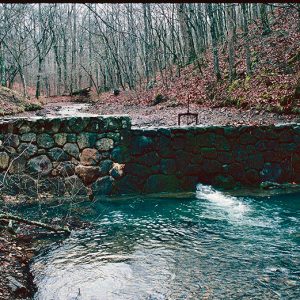 Crystal Springs Dam and Camp Shelter
Crystal Springs Dam and Camp Shelter
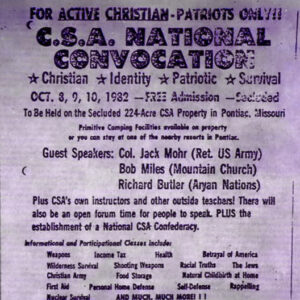 CSA Flyer
CSA Flyer
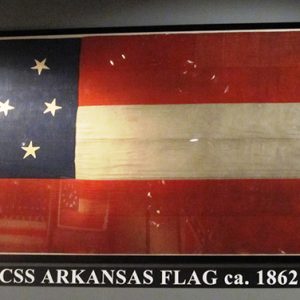 CSS Arkansas Flag
CSS Arkansas Flag
 CSS Pontchartrain Marker Dedication
CSS Pontchartrain Marker Dedication
CSS Arkansas
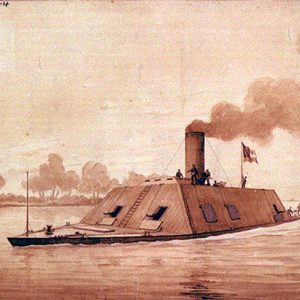 CSS Arkansas
CSS Arkansas
 CSS Arkansas
CSS Arkansas
 CSS Arkansas
CSS Arkansas
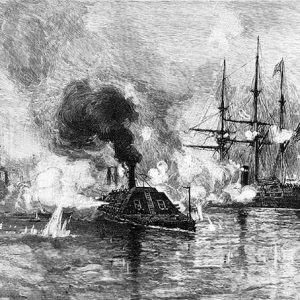 CSS Arkansas
CSS Arkansas
CSS General Earl Van Dorn
aka: CSS Van Dorn
aka: CSS Earl Van Dorn
aka: CSS General Van Dorn
aka: Junius Beebe
CSS General M. Jeff Thompson
CSS General Sterling Price
aka: CSS General Price
aka: CSS Price
aka: Laurent Millaudon
aka: L. Millandon
aka: Milledon
CSS Maurepas
CSS Pontchartrain
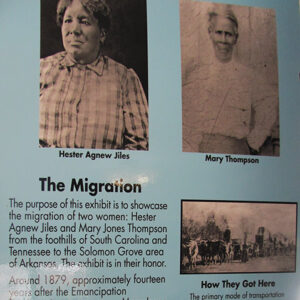 Cultural Center Exhibit
Cultural Center Exhibit
Cultured Pearl Industry
 Cumberland Presbyterian Congregations
Cumberland Presbyterian Congregations
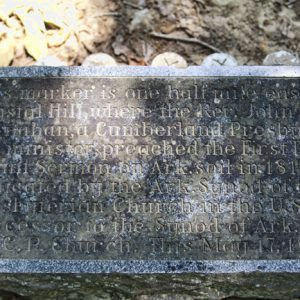 Cumberland Presbyterians Plaque
Cumberland Presbyterians Plaque
 Curia Creek Bridge
Curia Creek Bridge
Curran Hall
aka: Little Rock Visitor Information Center
aka: Walters-Curran-Bell House
Current River
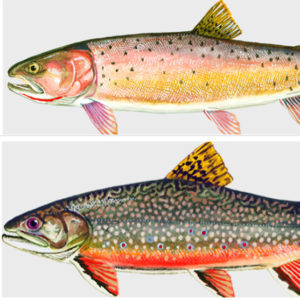 Cutthroat Trout and Brook Trout
Cutthroat Trout and Brook Trout
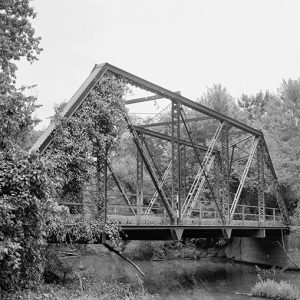 Cypress Creek Bridge
Cypress Creek Bridge
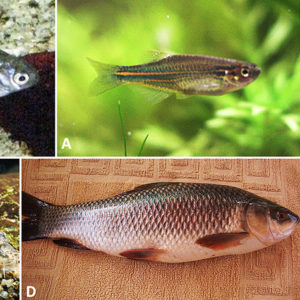 Cyprinids
Cyprinids
 Cyprinids
Cyprinids




